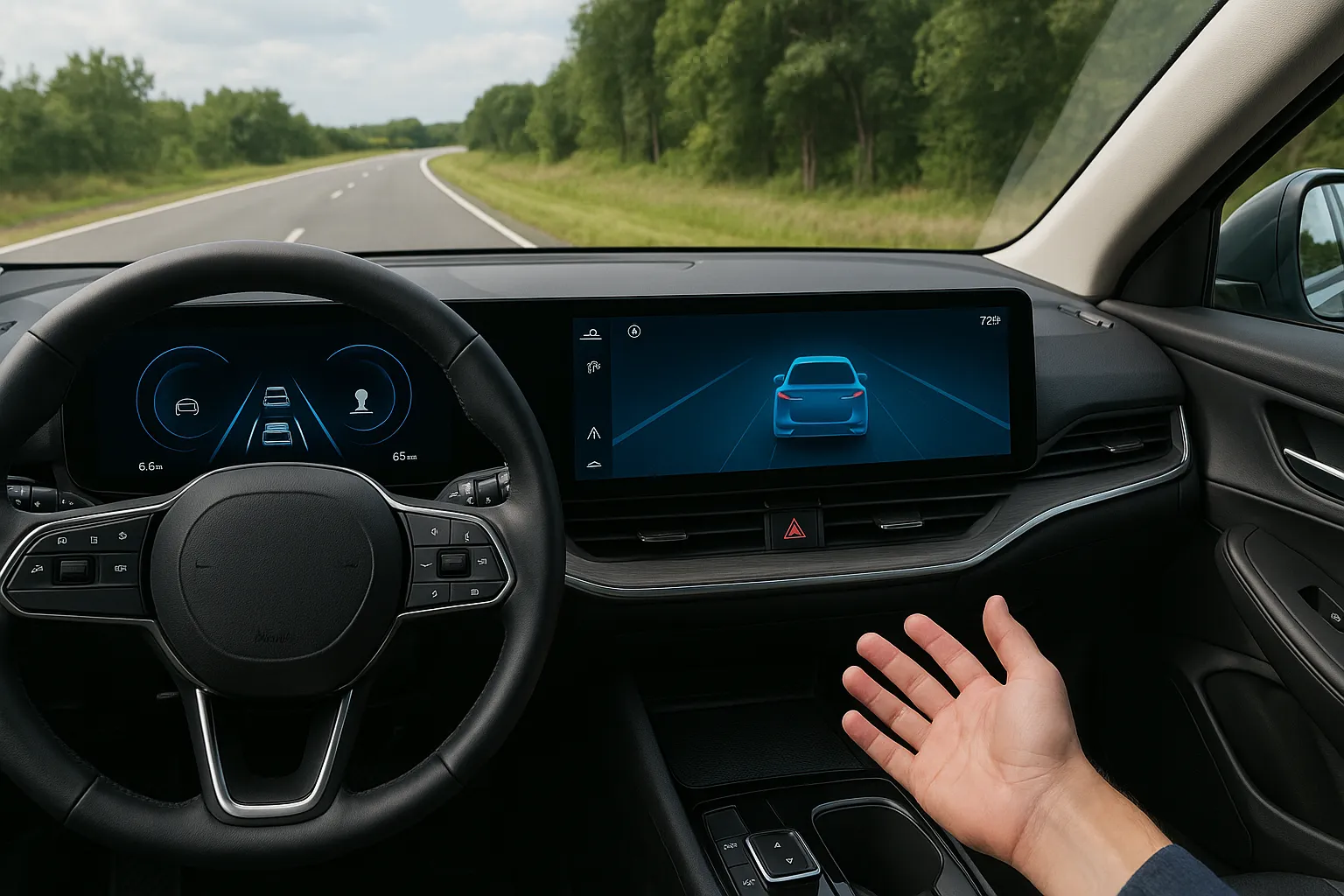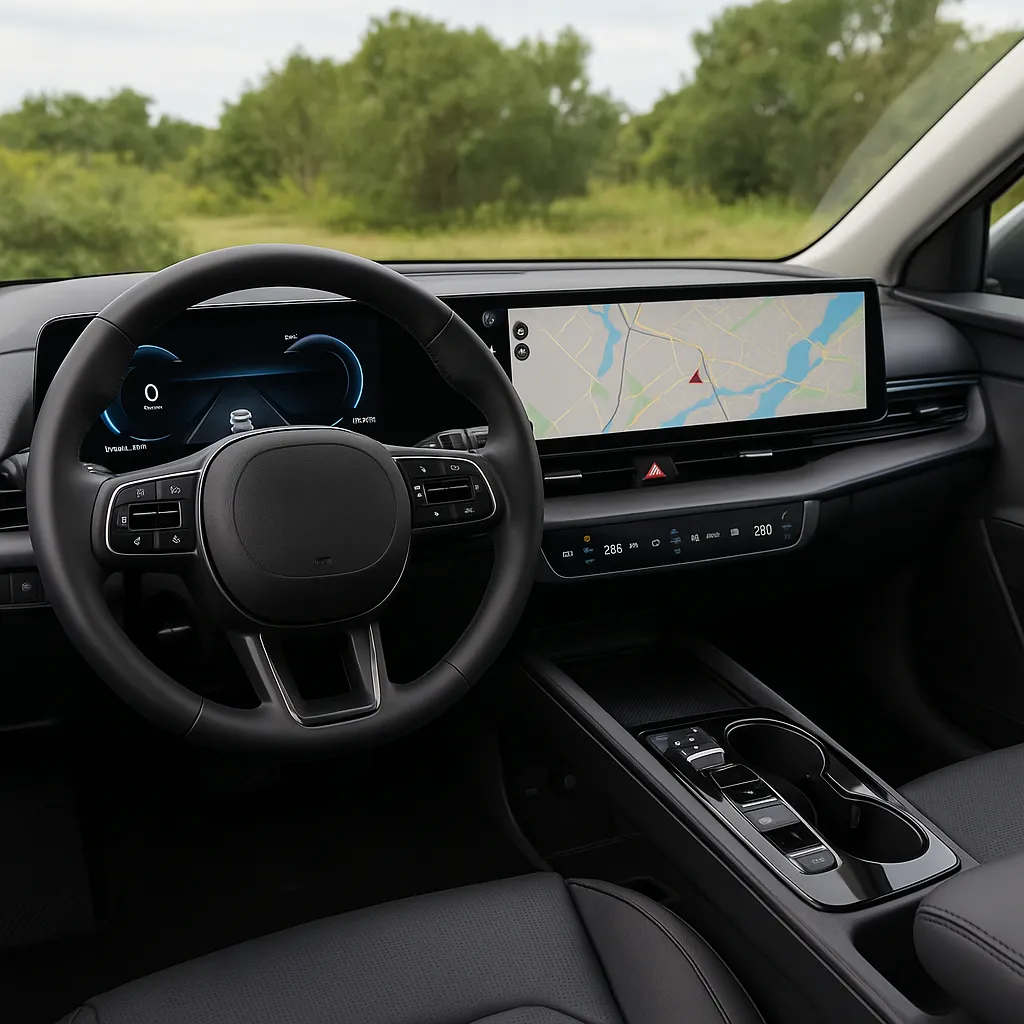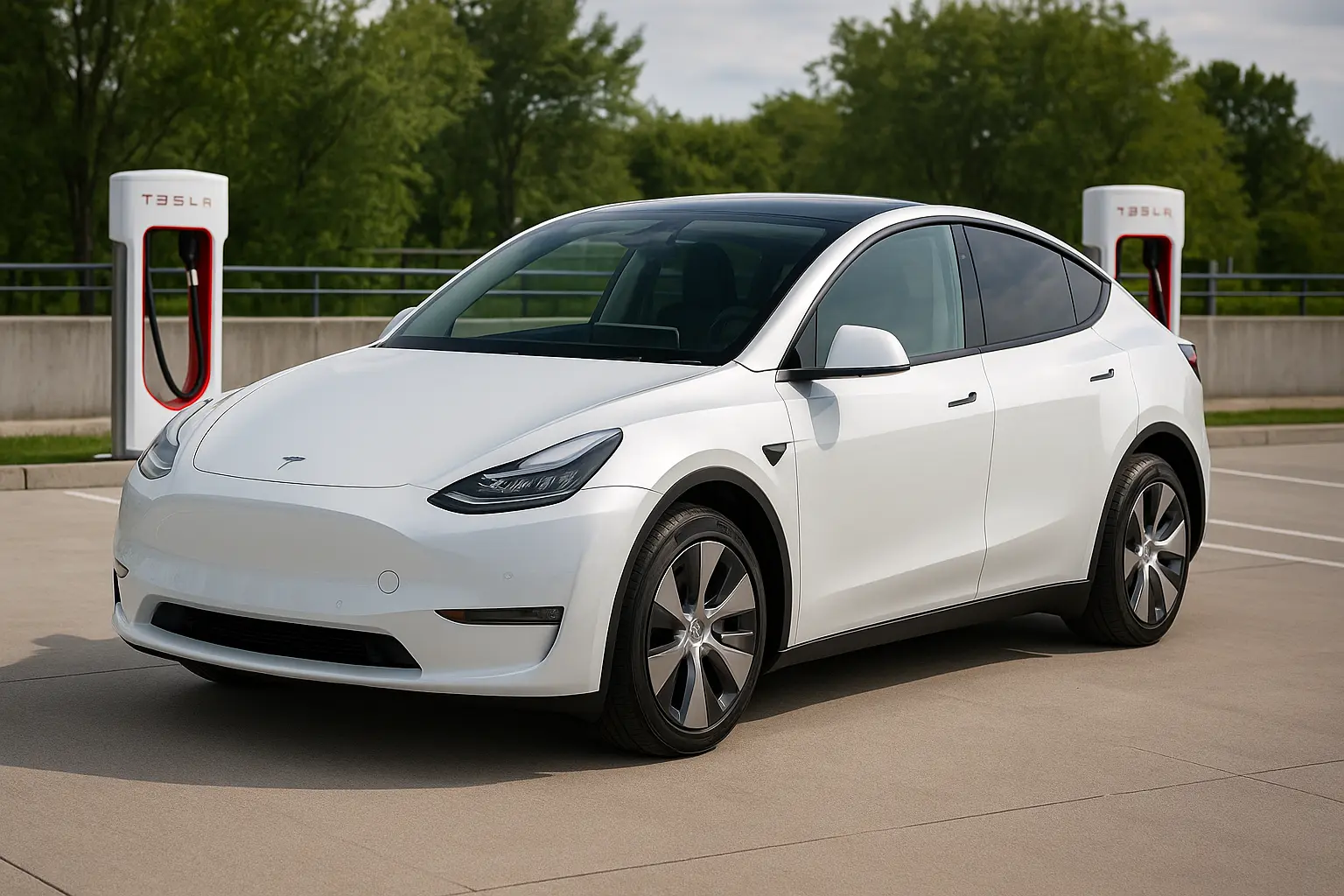The car industry in 2025 is defined by rapid evolution. Electric vehicles, semi-autonomous driving, connected infotainment, and AI-enhanced safety systems are no longer reserved for premium models—they’re becoming standard across many price points in Australia. Whether you're buying a compact hatchback, a rugged SUV, or a hybrid sedan, understanding the must-have tech features is critical to getting the best value.
So, if you’re in the market for a new ride, this guide will walk you through the top 10 technology features every Aussie car buyer should consider in 2025—features that enhance safety, comfort, convenience, and future resale value.

1. Advanced Driver Assistance Systems (ADAS)
ADAS has become a standard feature in most new cars in 2025, and for good reason—it significantly enhances safety by preventing accidents before they occur.
Key ADAS Features:
- Adaptive Cruise Control (ACC) – Maintains a safe distance automatically.
- Lane Keep Assist (LKA) – Prevents unintentional lane drift.
- Autonomous Emergency Braking (AEB) – Applies brakes if a collision is imminent.
- Blind-Spot Monitoring (BSM) – Alerts you to cars in your blind spots.
- Rear Cross-Traffic Alert (RCTA) – Vital when reversing out of parking spots.
Why it matters:
According to ANCAP safety standards, many 5-star-rated vehicles now require full ADAS inclusion. These systems are especially valuable on Australia’s highways and in congested urban environments.
2. Connected Infotainment & Smartphone Integration
2025 cars now function more like smart devices, offering seamless connectivity between your smartphone and vehicle.
Top Features to Look For:
- Apple CarPlay & Android Auto (now wireless in most models)
- Built-in voice assistants (e.g., Google Assistant, Alexa)
- OTA (Over-The-Air) software updates
- Integrated navigation with live traffic & EV charging stations
- Multiple USB-C ports and wireless charging pads
Tip:
Ensure the infotainment screen is large (10 inches or more) and responsive—some budget models cut corners here.
3. Digital Cockpits and Head-Up Displays (HUD)
Gone are the days of analogue dials. The digital cockpit revolution provides customisable, easy-to-read displays for critical driving info.
What to Expect:
- Fully digital instrument clusters (10-12 inches)
- Configurable themes (sport, eco, night mode)
- Heads-Up Display (HUD) projected onto the windscreen
These features reduce distractions and elevate the driving experience. Vehicles like the Mazda CX-90, Hyundai Ioniq 6, and Volkswagen ID.4 are standout examples.
4. AI-Based Driver Monitoring Systems (DMS)
In 2025, driver fatigue and distraction monitoring are increasingly common, especially in family vehicles and premium models.
How it Works:
- Uses cameras and sensors to track eye movement and head position.
- Issues audible alerts or slows the car if the driver seems distracted or drowsy.
- Often part of the vehicle’s broader safety suite.
Popular Models:
Subaru’s EyeSight system and Ford’s BlueCruise now incorporate enhanced DMS.
5. Semi-Autonomous Parking and Driving
Self-parking features have matured significantly in 2025, available even in some hatchbacks and crossovers under $40K.
Popular Features:
- 360° cameras + automated parking assist
- Remote parking using smartphone apps
- Lane centring and traffic jam assist
While Level 3 autonomy is still mostly in luxury cars, Level 2+ features like Hyundai’s Highway Driving Assist or Tesla Autopilot are more accessible than ever.
6. Climate Tech: Dual-Zone & Smart Climate Control
Comfort is no longer a luxury. Cars in 2025 are loaded with climate tech that tailors temperature, airflow, and seat comfort to individual preferences.
Features Worth Having:
- Dual or tri-zone automatic climate control
- Air quality sensors and purification systems
- Heated and ventilated seats
- Pre-conditioning via smartphone apps (especially useful for EVs)
In Australia’s hot climate, ventilated seats are a game-changer—especially in models like the Kia EV6 or Toyota RAV4 Hybrid.
7. Over-The-Air (OTA) Software Updates
In 2025, software defines car performance almost as much as hardware. OTA updates allow automakers to roll out new features, improve efficiency, and fix bugs without dealership visits.
Key Benefits:
- Stay current with latest safety protocols
- Improved navigation and infotainment interfaces
- Even performance boosts in EVs (e.g., acceleration or battery management)
Which Brands Lead in OTA:
- Tesla (pioneer)
- Polestar, BYD, Ford, Hyundai, and Volkswagen are following fast.
8. Electric Vehicle-Specific Tech
EVs dominate new car sales in 2025. Even if you're not buying one today, knowing what EV-specific tech is essential will future-proof your decision.
Must-Have EV Tech:
- Regenerative braking with adjustable levels
- Heat pump for efficient climate control
- Smart charging integration (schedule, peak control)
- Battery pre-conditioning for optimal range
- Vehicle-to-Load (V2L) – lets your EV power appliances/camping gear
For buyers considering EVs like the Kia EV9, MG4, or Tesla Model 3 Highland, these features add tremendous real-world practicality.
9. Embedded Dash Cams and Telematics
Many 2025 vehicles now come with built-in dash cams and smart telematics that record driving data, improve insurance quotes, and even aid in accident reporting.
Key Functions:
- Continuous loop recording while driving or parked
- Cloud storage or SD card backup
- Accident detection and auto-recording
- Driver scoring for insurance benefits
Examples:
The Genesis GV70 and Toyota LandCruiser Prado 2025 have OEM-integrated systems.
10. Smart Keys and Biometric Access
Smartphones have changed how we access our cars. Biometric systems and smartphone keys provide added convenience and security.
What You’ll See in 2025:
- Phone-as-key with proximity unlock/start
- Fingerprint or facial recognition for ignition
- Customisable driver profiles linked to each key
Brands like BMW, Hyundai, and Tesla are leading the charge here.
Bonus: Additional Features to Consider
If you're tech-savvy, look for these extra features:
- Remote updates to maps, apps, and vehicle functions
- Customisable ambient lighting
- 360° cameras with 3D visualisation
- Soundproofing enhancements and premium audio (e.g., Bose, Harman Kardon)
- Digital rear-view mirrors
What’s Standard vs Optional in 2025
| Feature | Standard in Budget Cars | Standard in Mid-Range | Standard in Luxury |
|---|---|---|---|
| ADAS | ✅ Basic version | ✅ Full suite | ✅ Full + AI assist |
| Infotainment | ✅ Wired only | ✅ Wireless | ✅ Full smart UI |
| HUD | ❌ | ✅ in some models | ✅ |
| Parking Assist | ❌ | ✅ | ✅ Advanced |
| OTA Updates | ❌ | ✅ Limited | ✅ Full |
Final Thoughts: Future-Proof Your Next Car
Buying a car in 2025 is about more than engine specs or fuel type—it’s about choosing a digital mobility platform. Technology defines the modern driving experience, from safety and comfort to resale value.
Whether you're buying a $30K hatchback or a $100K luxury SUV, the above tech features are either essential or worth the upgrade. As more tech becomes standard, staying informed will ensure you’re not left behind—or overpaying for outdated options.
Leave a comment
Your email address will not be published. Required fields are marked *




















